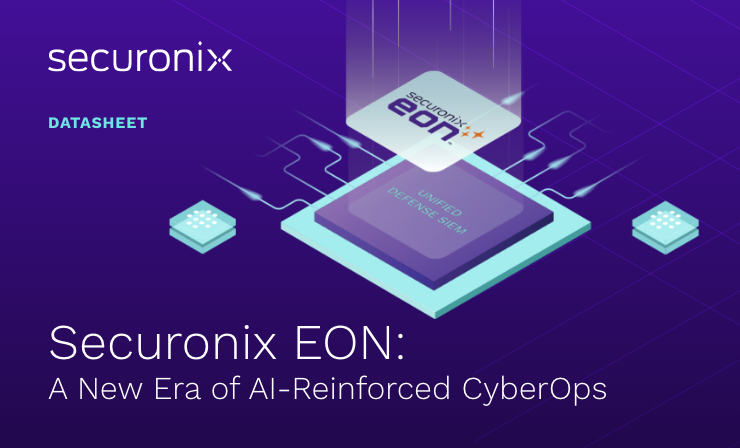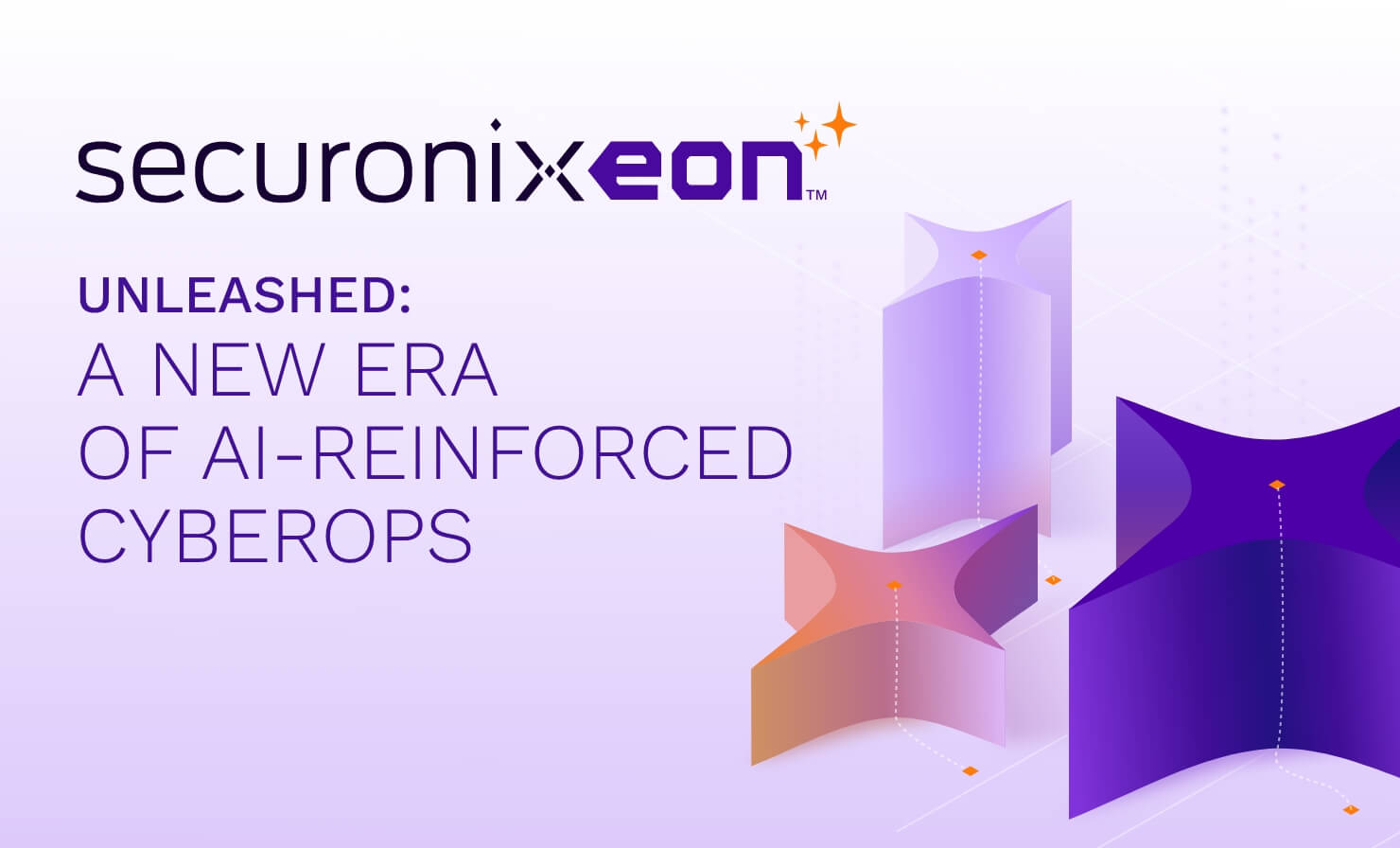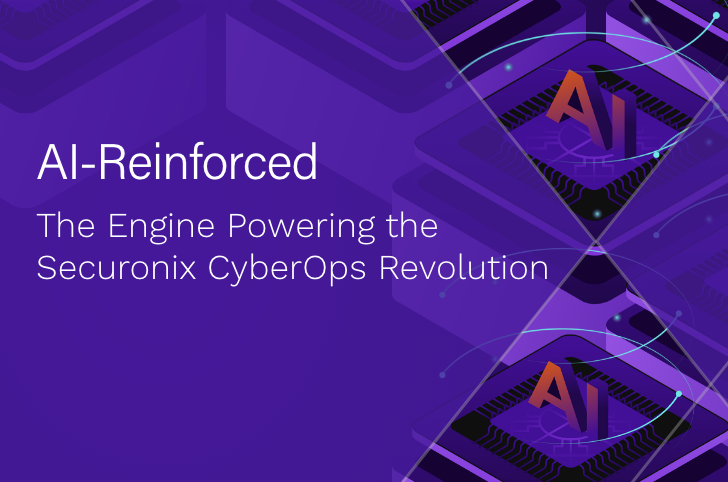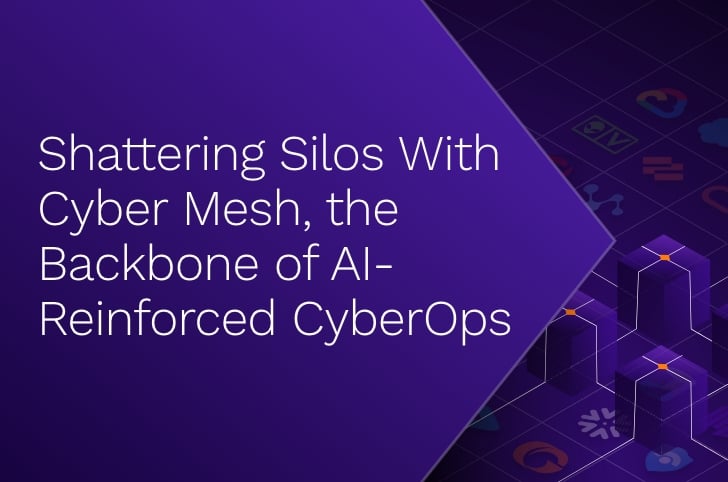- Why Securonix?
- Products
-
- Overview
- 'Bring Your Own' Deployment Models
-
- Products
-
- Solutions
-
- Monitoring the Cloud
- Cloud Security Monitoring
- Gain visibility to detect and respond to cloud threats.
- Amazon Web Services
- Achieve faster response to threats across AWS.
- Google Cloud Platform
- Improve detection and response across GCP.
- Microsoft Azure
- Expand security monitoring across Azure services.
- Microsoft 365
- Benefit from detection and response on Office 365.
-
- Featured Use Case
- Insider Threat
- Monitor and mitigate malicious and negligent users.
- NDR
- Analyze network events to detect and respond to advanced threats.
- EMR Monitoring
- Increase patient data privacy and prevent data snooping.
- MITRE ATT&CK
- Align alerts and analytics to the MITRE ATT&CK framework.
-
- Resources
- Partners
- Company
- Blog
SIEM
With the rapid advent of artificial intelligence (AI), the world is undergoing yet another seismic transformation. Every industry is racing to integrate AI to gain a competitive edge. According to the World Economic Forum’s Future of Jobs Report, AI is projected to displace 85 million jobs by 2025 while simultaneously creating 97 million new roles, signalling a shift in the division of labour between humans, machines, and algorithms.
This transformation has equally significant implications for cybersecurity. Many existing technologies are becoming obsolete, and only those organizations leveraging AI effectively will thrive in this changing landscape. Amid this, Security Information and Event Management (SIEM) solutions have emerged as the critical “command center” for organizational security—a role that continues to evolve to address modern challenges.
The Evolution of SIEM
From its inception in the late 1990s, when logs were primarily used for troubleshooting, SIEM has matured significantly. Early SIEM platforms (SIEM 1.0) combined security event management and security information management but were limited by their vertical scalability. The cloud revolution ushered in SIEM 3.0, incorporating advanced analytics, machine learning, and User and Entity Behavior Analytics (UEBA). These platforms combined SOAR and Threat Intelligence capabilities, enhancing incident response and detection, but challenges like insufficient detection coverage and complexity persist.
Challenges and AI-Powered SIEM 4.0
To address these challenges, customers and vendors alike are demanding next-generation capabilities. Here’s what SIEM 4.0 powered by AI promises to deliver:
- Enhanced Threat Detection
The number one challenge for today’s CISOs and SOC managers is detecting threats in real-time. AI enables faster and more accurate anomaly detection, predictive analytics, and threat chaining, combining behavior analytics with datasets like cloud logs, on-prem attack surfaces, and external intelligence. This approach helps detect potential threats before they escalate. - AI-Assisted Threat Hunting and Investigation
The shortage of skilled SOC personnel and the complexities of threat investigations are significant hurdles. AI can convert raw alerts into actionable insights, generate detailed compliance reports, and recommend next steps. For example, AI can write queries, summarize findings, and even suggest remediation steps, saving analysts valuable time. - Automated Threat Response with Agentic AI
Trust in automated responses is a challenge for many organizations. Agentic AI systems, however, can autonomously detect, analyze, and triage security alerts. These systems understand service dependencies and generate Infrastructure as Code (IaC) for DevOps approval, reducing errors and boosting adoption. - Scalable, Resilient Architectures
Modern SIEM platforms are embracing microservices architectures, offering independent scalability for different components. This design enhances performance, resilience, and fault isolation while enabling cost-effective scaling to manage increasing cybersecurity demands.
The Future of SIEM
As we look toward 2025, the divide between traditional and AI-based SIEM will grow. Organizations adopting SIEM 4.0 can expect more intelligent, proactive, and efficient security monitoring powered by advanced analytics and automation. In this era, AI isn’t just an enhancement—it’s the foundation of the next generation of cybersecurity, enabling faster threat detection, streamlined workflows, and adaptive responses to evolving challenges. This paradigm shift will redefine how organizations protect their digital ecosystems, making AI-driven SIEM an indispensable tool for modern security operations.






